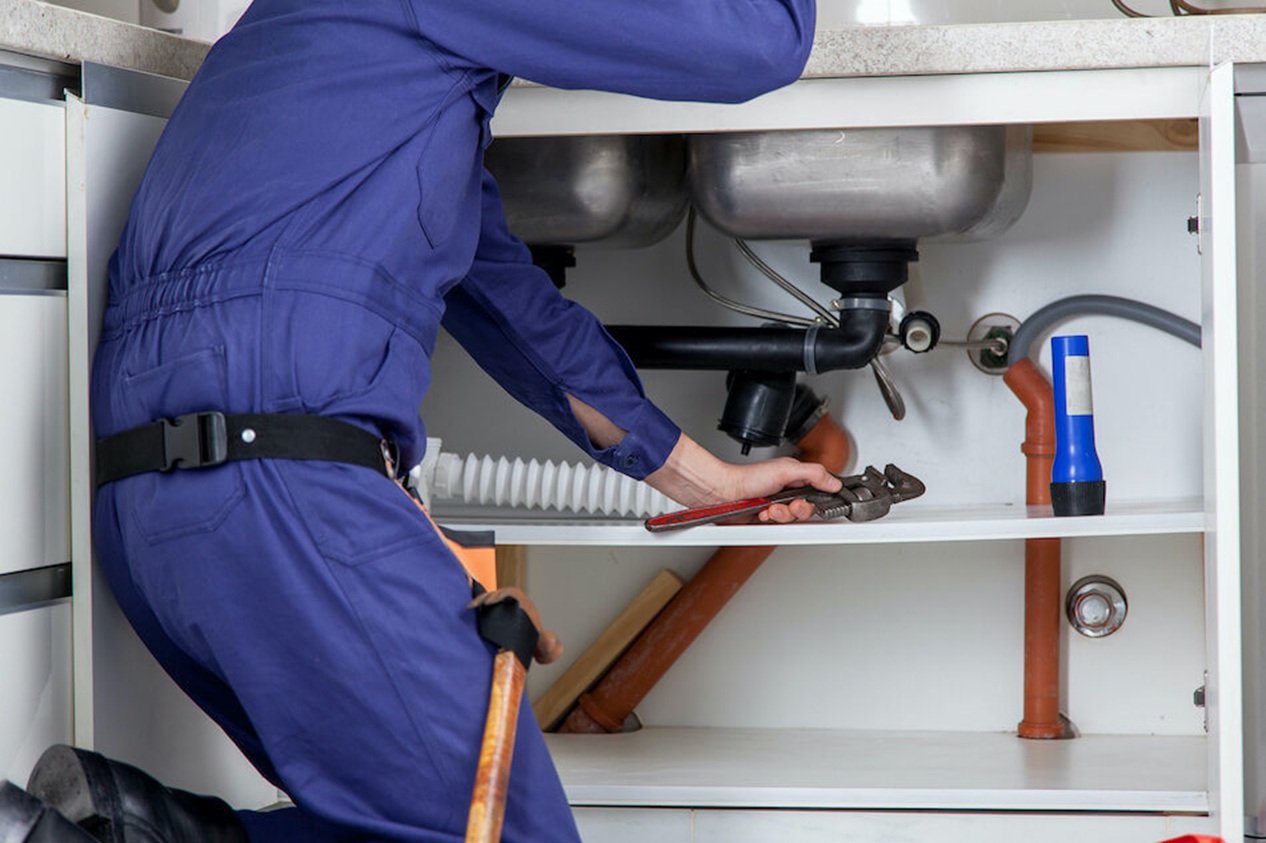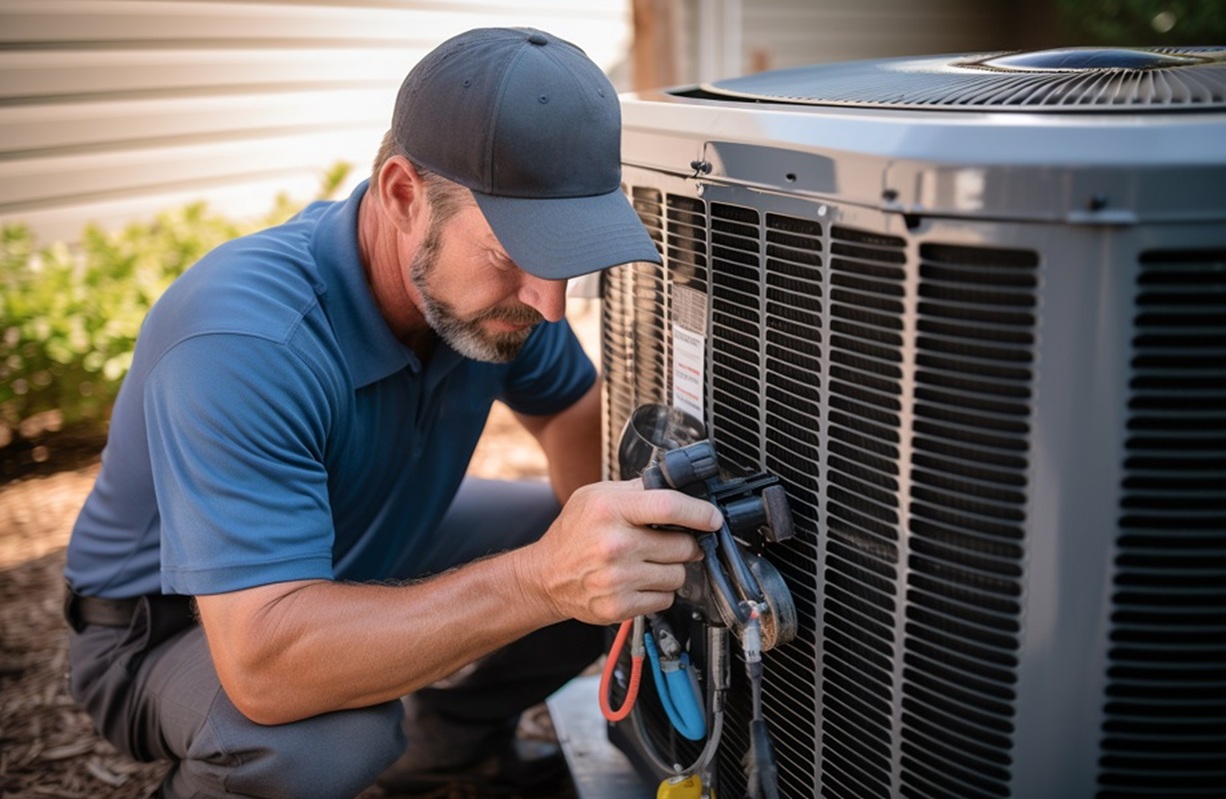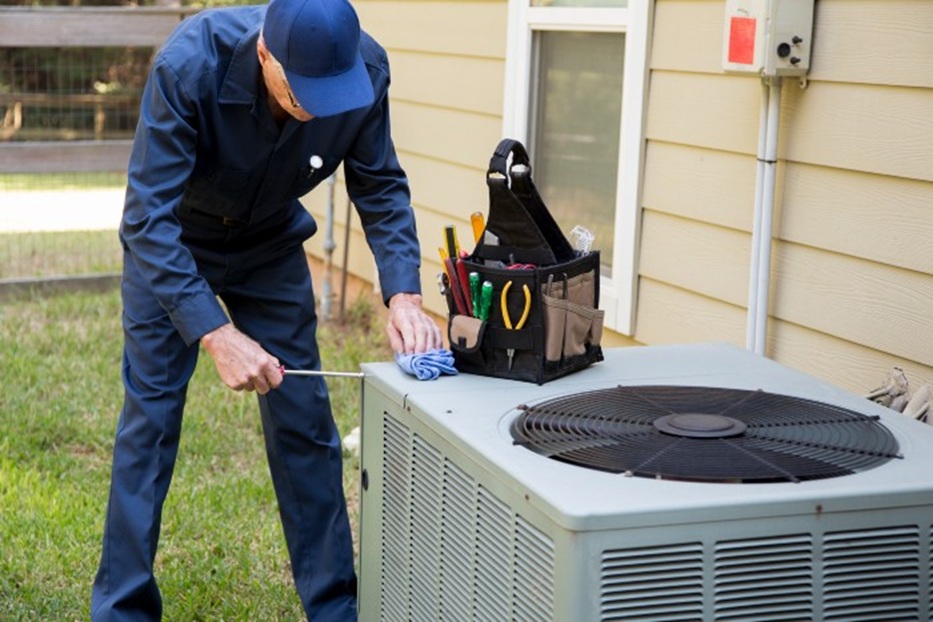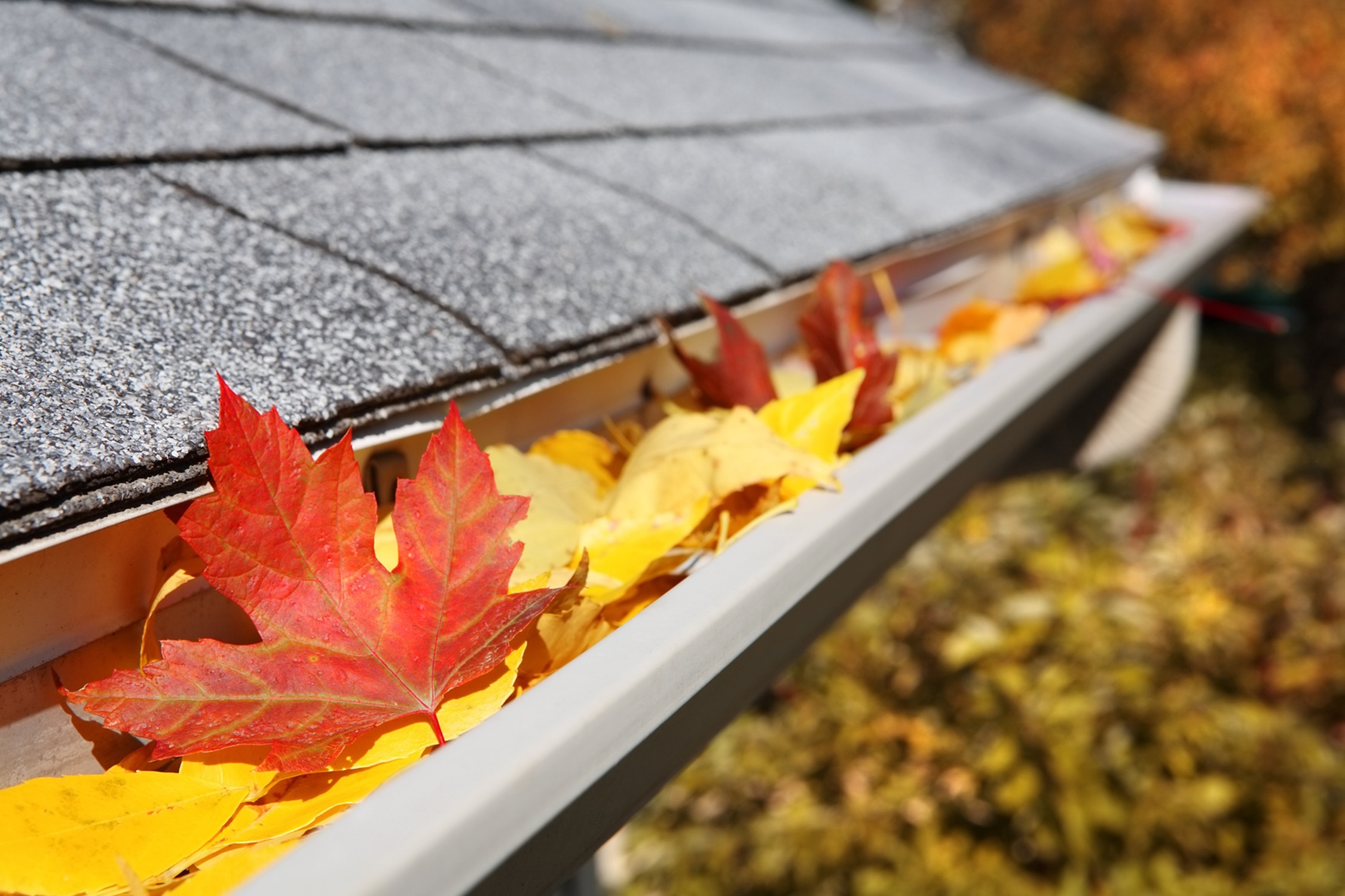Property maintenance is a year-round responsibility that directly impacts tenant satisfaction, property value, and overall profitability. Whether you own a single rental unit or manage multiple properties, a structured maintenance schedule ensures that your investment remains in peak condition. Neglecting regular upkeep can lead to costly repairs, legal issues, and dissatisfied tenants.
A seasonal approach to property maintenance allows landlords to anticipate common issues, ensuring properties remain safe, efficient, and marketable throughout the year.
Why Seasonal Property Maintenance Matters
Each season presents unique maintenance challenges that, if unaddressed, can result in major financial losses. According to the National Association of Realtors (NAR), landlords who follow a proactive maintenance schedule save an average of 10-15% on repair costs annually compared to those who wait for issues to arise.
A seasonal maintenance strategy helps landlords:
✔ Prevent Expensive Repairs: Studies show that preventative maintenance reduces emergency repair costs by 30-40%.
✔ Ensure Tenant Safety & Comfort: 82% of renters state that fast maintenance response times are a top factor in lease renewal decisions.
✔ Comply with Legal and Housing Codes: Many jurisdictions require landlords to uphold habitability standards to avoid fines or legal action.
✔ Preserve Property Value: A well-maintained property increases in market value by an average of 5% annually, according to a Zillow rental market report.
Spring Maintenance Checklist
Spring is the ideal time to inspect and refresh your property after winter. Focus on areas that may have been affected by cold temperatures and harsh weather conditions.
Inspect Roofing and Gutters: Winter storms can cause damage to the roof. Check for leaks, missing shingles, and clogged gutters, as 40% of all roof issues stem from poor maintenance. Addressing these problems early can prevent costly repairs down the line.
HVAC System Tune-up: Schedule a professional servicing for the air conditioning unit to ensure it’s ready for summer. A well-maintained HVAC system operates up to 20% more efficiently, reducing energy costs and preventing mid-season breakdowns.
Lawn and Landscape Preparation: Trim trees, fertilize the lawn, and remove any debris left over from winter. Proper landscaping can boost property value and help prevent pest infestations that thrive in unkempt outdoor spaces.
Exterior Inspection: Look for cracks in the foundation, driveway, and walkways, and repair them to prevent further damage. Small foundation cracks can escalate into major structural issues, costing thousands in repairs.
Summer Maintenance Checklist
Summer heat and increased outdoor activity call for preventative maintenance to keep your property in top shape.
Pest Control Prevention: Inspect and treat for termites, rodents, and insects, as pest infestations can cause significant damage and lead to costly extermination services. Regular inspections reduce the likelihood of infestations and keep tenants comfortable.
Check Plumbing and Irrigation: Examine outdoor faucets, pipes, and sprinklers for leaks or clogs. A single leaking faucet can waste thousands of gallons of water annually(1 drip/sec = ~3,000 gal/year), driving up utility costs.
Exterior Painting & Siding Repairs: Touch up faded or chipped paint and repair damaged siding. Regular maintenance not only enhances curb appeal but also prevents weather-related deterioration.
Security Enhancements: Test outdoor lighting, locks, and security systems. Well-lit properties experience significantly fewer break-ins, making this a simple yet effective crime deterrent.
Fall Maintenance Checklist
With colder months approaching, fall maintenance focuses on preparing the property for winter and preventing seasonal damage.
Gutter Cleaning and Inspection: Remove leaves and debris to prevent blockages that could lead to water damage. Clogged gutters are a leading cause of foundation drainage issues, which can result in expensive repairs.
Seal Windows and Doors: Reduce heat loss and improve energy efficiency by sealing gaps. Proper insulation can cut heating costs by up to 20%, making this a simple and cost-effective upgrade.
Prepare Heating System: Have furnaces, heat pumps, and boilers inspected before cold weather sets in. Heating accounts for a significant portion of home energy use, so ensuring your system runs efficiently can prevent breakdowns and high energy bills.
Inspect Chimneys and Fireplaces: Clean and check fireplaces to ensure safe operation. Faulty chimneys are a common cause of house fires, making regular inspections a crucial safety measure.
Winter Maintenance Checklist
Winter weather can be harsh on properties. Taking preventative steps helps avoid emergency repairs and tenant complaints.
Prevent Frozen Pipes: Insulate exposed pipes and advise tenants to keep a slow drip of water running during extreme cold. Frozen pipes can burst, leading to costly water damage.
Snow and Ice Removal: Keep driveways, walkways, and parking areas clear to prevent accidents. Slip-and-fall injuries are among the most common liability claims in winter, making this a crucial task for landlords.
Indoor Air Quality Check: Ensure proper ventilation, use humidifiers, and replace HVAC filters regularly. Poor indoor air quality contributes to respiratory issues, making tenant health a priority.
Check Emergency Equipment: Test smoke detectors, carbon monoxide alarms, and fire extinguishers. Functioning safety devices significantly reduce the risk of fatalities in fire-related incidents.
Year-Round Preventative Maintenance
In addition to seasonal maintenance, consistent upkeep throughout the year prevents unexpected issues.
Regular Inspections: Conduct quarterly inspections to identify minor problems before they escalate.
Tenant Communication: Encourage tenants to report maintenance needs early to prevent bigger repairs.
Energy Efficiency Upgrades: Implement cost-saving solutions such as LED lighting, smart thermostats, and low-flow water fixtures.
How Next Brick Can Help
Managing rental property maintenance can be time-consuming and stressful. Next Brick specializes in property management services, ensuring that property owners stay on top of repairs and upkeep without hassle.
With Next Brick, landlords benefit from:
24/7 Maintenance Coordination – Emergency and routine repair handling.
Vendor & Contractor Management – Reliable service professionals for all maintenance needs.
Tenant Issue Resolution – Streamlined communication between tenants and property owners.
Legal Compliance & Documentation – Ensuring that all repairs meet local housing regulations.
By partnering with Next Brick, landlords can increase efficiency, reduce unexpected costs, and improve tenant satisfaction with professional maintenance management.
FAQs
1. How often should I schedule property inspections?
Quarterly inspections are recommended to catch maintenance issues early and ensure tenant compliance.
2. What are the most common seasonal maintenance issues?
Roof leaks, HVAC failures, plumbing leaks, and pest infestations are among the most common issues landlords face.
3. How can I reduce winter energy costs in my rental property?
Seal windows and doors, upgrade insulation, and install programmable thermostats to lower heating bills.
4. Is professional property management worth it for maintenance coordination?
Yes, hiring a property manager can save time, reduce stress, and ensure timely repairs, which helps maintain the property’s value.
5. How do I handle emergency repairs as a landlord?
Have a list of reliable contractors, set aside emergency repair funds, and communicate clearly with tenants about reporting urgent issues.






